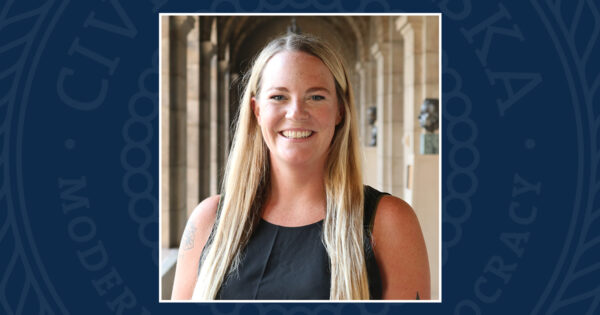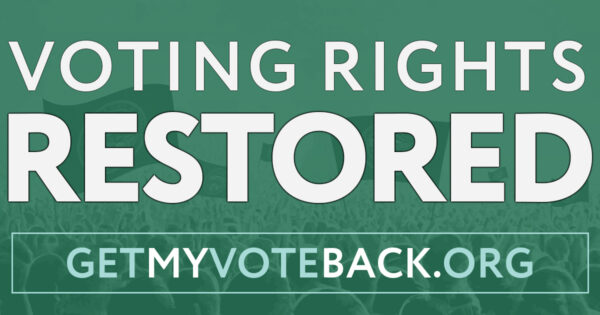The residents of a half dozen key Lincoln neighborhoods value their neighborhoods’ diversity and want to connect with others, make their community more vibrant, and improve their lives and the lives of others. However, they also feel that opportunities to make those connections and improvements aren’t always easy or clear.
Those were Collective Impact Lincoln’s main takeaways from a first round of door-to-door listening sessions in six of Lincoln oldest neighborhoods – Belmont, Clinton, Everett, Hartley, Near South and University Place. The results were shared at an open house at the Clyde Malone Community Center on March 19.

“These are early returns, but it’s clear these neighborhoods are diverse and complex environments with a wide mix of interrelated concerns, points of pride, and community urgencies,” said Amanda Barker, deputy executive director and head of civic health programs at Civic Nebraska, one of three organizations that form Collective Impact Lincoln. “As we continue to better understand residents’ vision for their community, we will help connect policy solutions so neighbors can achieve their goals.”
A partnership between Civic Nebraska, Nebraska Appleseed, and the South of Downtown Community Development Organization, Collective Impact Lincoln has knocked on more than 1,500 doors since last fall to have conversations about what neighbors like about their community and what they feel needs to be improved. In addition, CIL is working on policy advocacy to help all Lincolnites address specific issues.
“The neighborhoods are an important focus because of the potential they have to grow,” said Isabel Salas, CIL organizer with the South of Downtown Community Development Organization.

Collective Impact Lincoln measured residents’ responses through its civic health framework, examining neighborhoods’ social connectedness, confidence in institutions, and community engagement. When asked about the most positive aspects of their neighborhood, residents included:
- Quality of life, 67 percent: Residents enjoy their neighborhoods’ diversity, like to be connected with neighbors, and value neighborhood inclusion. Thirty-seven percent of respondents say they interact with their neighbors every day.
- Community hubs, 13 percent: Residents like access to shops, community centers, gathering places, and other neighborhood resources.
- Public services, 6 percent: Neighbors see bicycle lanes and zoning that makes it safer for children as neighborhood positives.
Meanwhile, when asked about the most concerning aspects of their neighborhood, residents mentioned:
- Public services, 28 percent: Many had negative experiences with public utilities and services. Others do not know who to contact or may not receive adequate follow-up. While 42 percent of respondents said they were confident in public institutions, more than a third (35 percent) said their confidence was fairly poor or very poor.
- Safety, 26 percent: Busy streets and speeding traffic were atop neighbors’ safety concerns. Many streets also need brighter lighting, they said.
- Appearance, 19 percent: A lack of green spaces and community space, and few beautification projects can lead to declining neighborhood identity and pride.
- Housing, 11 percent: Tensions between renters and homeowners lead to a range of concerns.
Collective Impact Lincoln is already collecting additional data from residents, aiming to knock on 10,000 doors by the end of summer 2018 to continue its research. The group will knock on 30,000 doors in the six neighborhoods by summer 2020. Also, CIL hosts monthly Community Builder Workshops for residents to learn about building community through civic action, and to identify assets in their neighborhoods.
“It’s important for positive change to be directed by the voices and vision of people who live in our communities,” CIL organizer Selina Martinez of Nebraska Appleseed said. “I’ve listened to different stories from many community members to gather ideas from as many people as possible. Together we can learn from what is already working well and build solutions that create true community-led change.”
To view a summary of the team’s initial findings, click here.




